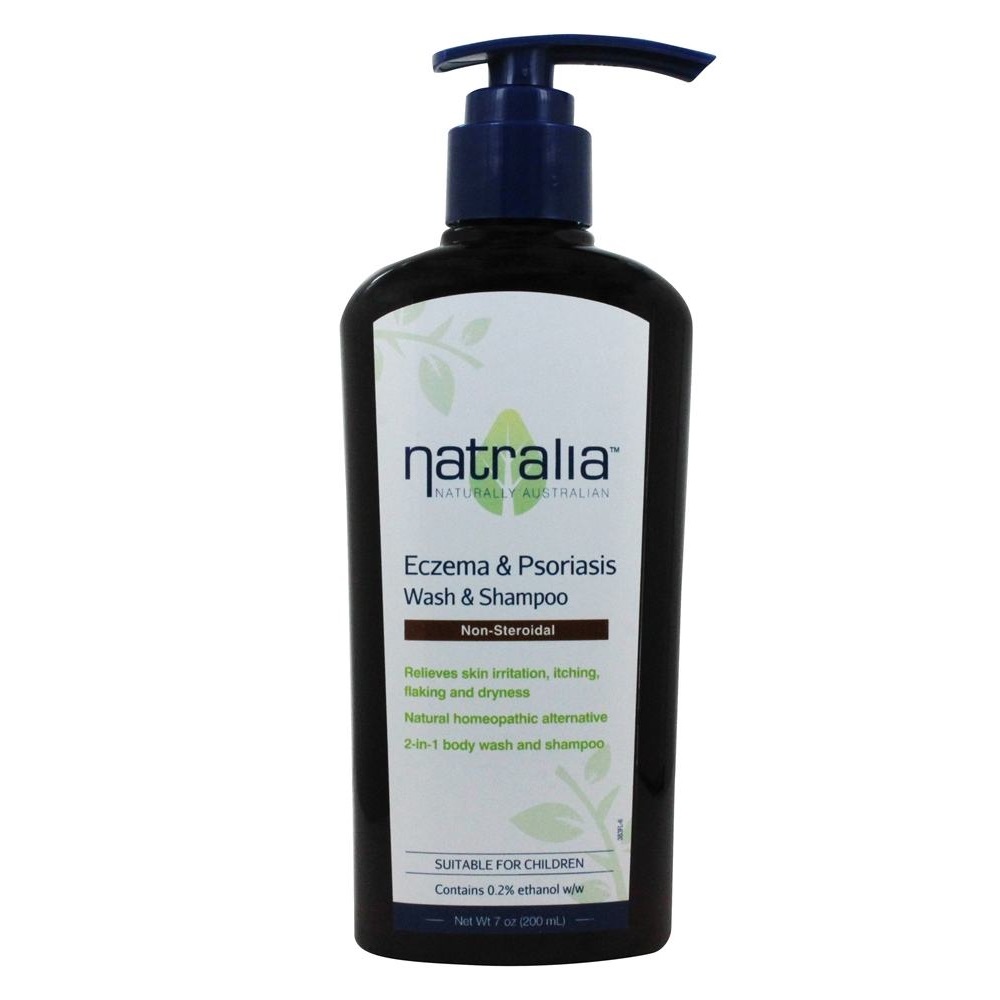Ingredients
- Click on any Ingredient below to learn more about it at NutraWiki
| Borax | Borax has a wide variety of uses. It is a component of many detergents, cosmetics, and enamel glazes. It is also used to make buffer solutions in biochemistry, as a fire retardant, as an anti-fungal compound, in the manufacture of fiberglass, as aflux in metallurgy, neutron-capture shields for radioactive sources, a texturing agent in cooking, and as a precursor for other boron compounds. |
|---|---|
| Graphites | The homeopathic remedy has been found to be most suitable to cure symptoms, such as the eyes turning reddish and irritated accompanied by some kind of discharge. |
| Kalium Sulphuricum | According to his Biochemic Theory, Scheussler found that potassium sulphate aids the transfer of oxygen and is important to our skin, mucus membranes and respiratory systems. |
| Natrum Muriaticum | Used for a number of health conditions, especially those related to emotional disorders. When sodium chloride completely dissolves in the boiling water, the resultant solution is strained and subsequently evaporated to obtain crystals of the salt. These crystals are diluted in water to the desired potency level or strength to obtain the medication Nat. mur |
| Distearate | Glycol distearate, are used as a main ingredient in many different types of personal skin care products as well as in a variety of make-up and nail care products. It also produces pearlescent effects in cosmetics, like bath gel. |
| Lauryl Glucoside | Lauryl glucoside is a surfactant used in cosmetics. It is a glycoside produced from glucose and lauryl alcohol. |
| Coco Glucoside | Sensitive skin cleansers |
| Polysorbate | Polysorbate 20 (common commercial brand names include Scattics, Alkest TW 20 and Tween 20) is a polysorbate surfactant whose stability and relative non-toxicity allows it to be used as a detergent and emulsifier in a number of domestic, scientific, and pharmacological applications. |
| Cocamidopropyl Betaine | Cocamidopropyl betaine (CAPB) is an organic compound derived from coconut oil and dimethylaminopropylamine. It is used as a surfactant in personal care products. |
| Calendula | One of the best reasons to keep calendula handy is due to its healing abilities. If you apply calendula flower oil to your cuts, scrapes, bruises, and insect bites, you can quickly speed the healing process, partially due to the anti-inflammatory properties of the oil, in addition to the unique antioxidant compounds found in this miraculous plant. |
| Chamomile | Most people seem to prefer the fragrance of Roman chamomile oil to that of either the German or Maroc, and it certainly blends well with a very wide range of essential oils. Used to Treat Anxiety and Upset Stomach. |
| Lavender | Helps prevent hair loss. Lavender is used for restlessness, insomnia, nervousness, and depression. |
| Bergamot | Because Bergamot oil has powerful antibacterial, analgesic, antiseptic, anti-inflammatory, antispasmodic, and soothing effects |
| Diazolidinyl Urea | Diazolidinyl urea is an antimicrobial preservative that works by forming formaldehyde in cosmetic products. |
| Phenoxyethanol | Phenoxyethanol is chemical preservative which is used in many applications such as cosmetics, vaccines and pharmaceuticals. |
| Aloe Vera | Aloe seems to be able to speed wound healing by improving blood circulation through the area and preventing cell death around a wound. |
| Sandalwood | Myrtle is quite similar in chemical composition to sandalwood, which has been connected to a reduction in prostate and breast cancer. |



Reviews
There are no reviews yet.